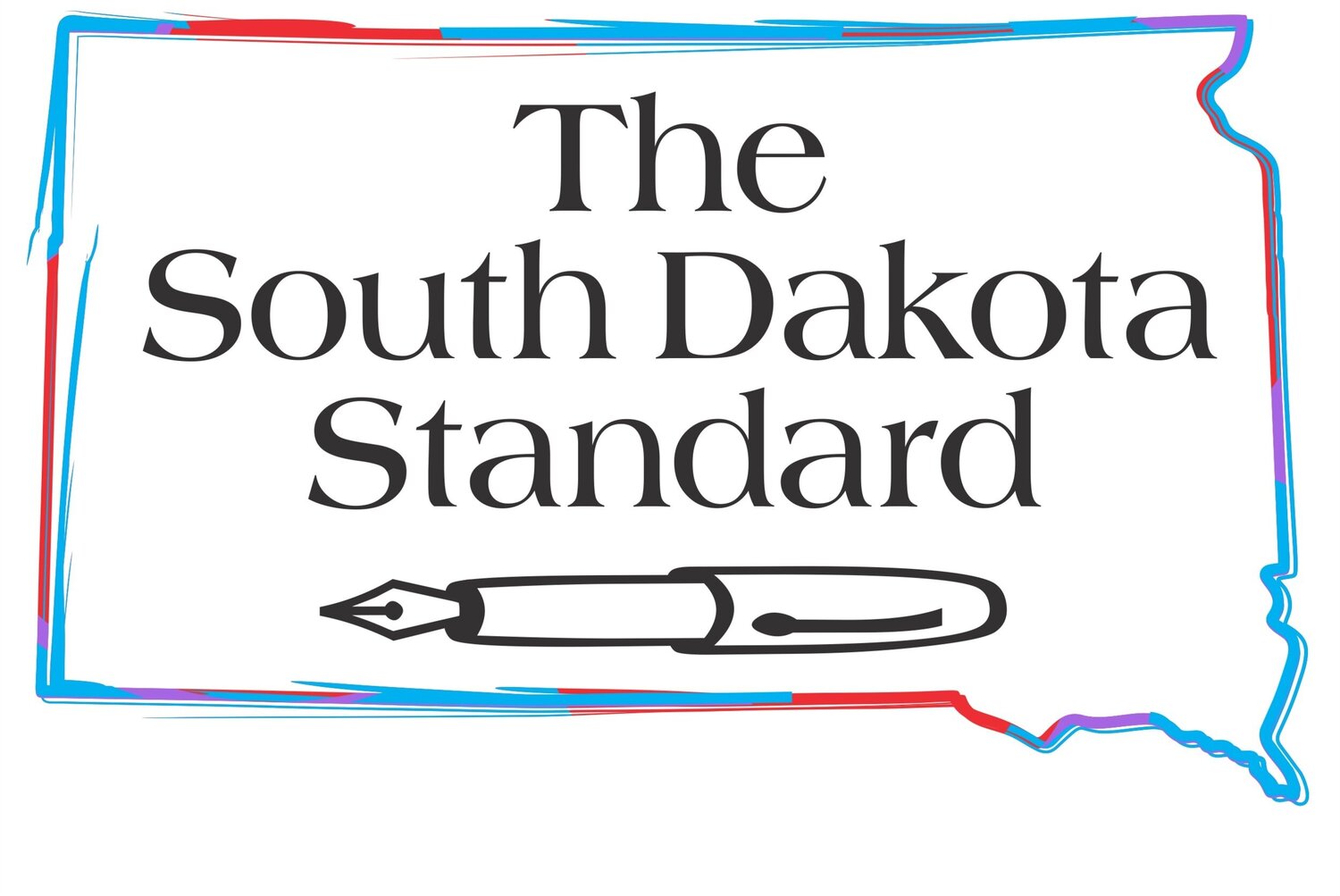Former Northern State U. Prof: Donald Trump’s talk of withdrawal from NATO would be a costly mistake. Part 1
Part 1 of 2.
The U.S. was one of 12 founding members of the North Atlantic Treaty Organization (NATO) in 1949, yet Americans have little knowledge of the structure or operation of this international organization.
Built upon a foundation of collective security — a relationship between multiple states maximizing deterrence with each considering an armed attack upon one as warranting a collective response — the end of American involvement is a distinct possibility under President Trump.
According to an old saying every farmer or rancher can appreciate, you should not remove a fence until you know why it was put up in the first place. Things are created to serve a purpose so before eliminating them it’s important to fully understand their function. Thus, before abandoning NATO, the organization essential to our Cold War victory, it’s worthwhile to know something about it.
The first NATO secretary general, Lord Hastings Lionel Ismay, quipped that NATO was established “to keep the Soviet Union out, the Americans in, and the Germans down.”
Although commonly considered a military alliance, NATO is better understood as a political alliance built around the values of democracy, individual liberty, human rights, and the rule of law. Its founding purposes were deterring Soviet [communist] expansionism, precluding revival of nationalist militarism in Europe through a strong North American presence, and encouraging European democratization.
The only entity created by the North Atlantic Treaty was the North Atlantic Council, the Alliance’s political decision-making body, which was empowered to build a military structure. After expanding to 32 member states, the council still operates under the principle of sovereign equality so each member is entitled to the same rights.
NATO’s authority and practical power comes entirely from sovereign members as it lacks any legislative, executive or judicial authority of a state. More importantly, members have armed forces while NATO has neither military personnel nor weaponry. A club of states, it functions exclusively as a political/military coordination system poised to implement a multinational
armed response to a security threat experienced by any member. Whether and how a member participates in such an action remains entirely at their individual discretion. Ironically, the terrorist attacks of Sept. 11, 2001, resulted in the U.S. becoming the first and so far only NATO member to invoke collective self-defense.
Entirely dependent upon member contributions, NATO funding is a U.S. political issue few seemingly understand because Alliance administrative and operational expenses are paid differently. Members contribute directly to common-fund budgets for the cost of NATO staff employees, headquarters, and the integrated command structure. No member is delinquent in such annual dues and the amount each member pays is determined by gross national income — wealthier members pay more. In 2020, the U.S. paid $442 million, the same as Germany. For reference, the new B-21 bombers headed to Ellsworth AFB will cost about $750 million each.
In contrast, members self-fund participation of their forces in NATO training and military operations. Since 2006, members have been urged to spend at least 2% of gross domestic product (GDP) on their armed forces. Twenty-three of 32 members are expected to meet or exceed the 2% target in 2024 with most of the rest spending between 1.3% and 1.9%.
This disparity is why Trump, before returning to the White House, declared that the U.S. would remain in NATO “if they [allies] pay their bills.” To that end, he is now also advocating for all members to spend 5% of GDP on defense.
According to the Department of Defense, the U.S. currently spends approximately 3% of GDP on defense. That amount is nearly 40% of annual global military spending and more than the next 10 highest spending states combined. From the 1950s through the height of the Vietnam War our defense budget ranged from 8% to 10% of GDP.
In the 1980s, spending increased again to around 6% of GDP then declined to 3% after the Cold War ended before jumping over 4% during the conflicts in Iraq and Afghanistan.
Based upon these historic spending patterns and President Trump’s call for spending 5% of GDP, American taxpayers will not save money if the U.S. withdraws from NATO. If every NATO member increases military spending to 2% or even 5% of GDP, U.S. defense costs will not decrease. Any argument for NATO withdrawal based upon cost savings that isn’t paired with significant U.S. military spending cuts is impossible.
Brian Bengs of Aberdeen served in the Air Force and the Navy. Bengs is a retired U.S. Air Force JAG officer, and former Northern State University professor. He was the Democratic candidate for a U.S. Senate seat in 2022.
Photo: NATO headquarters in Brussels, Belgium, public domain, wikimedia commons






